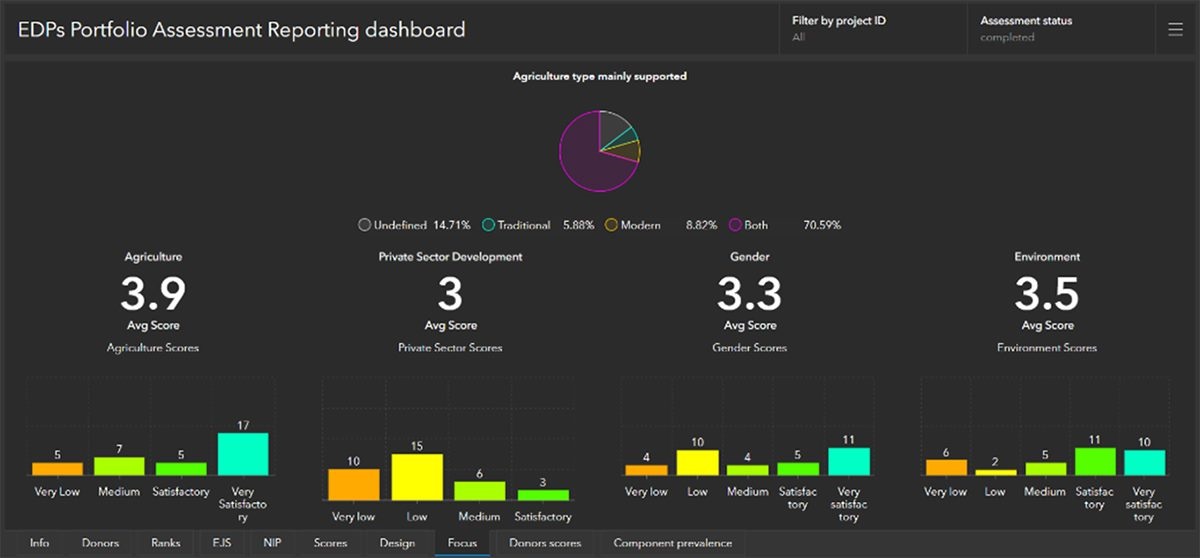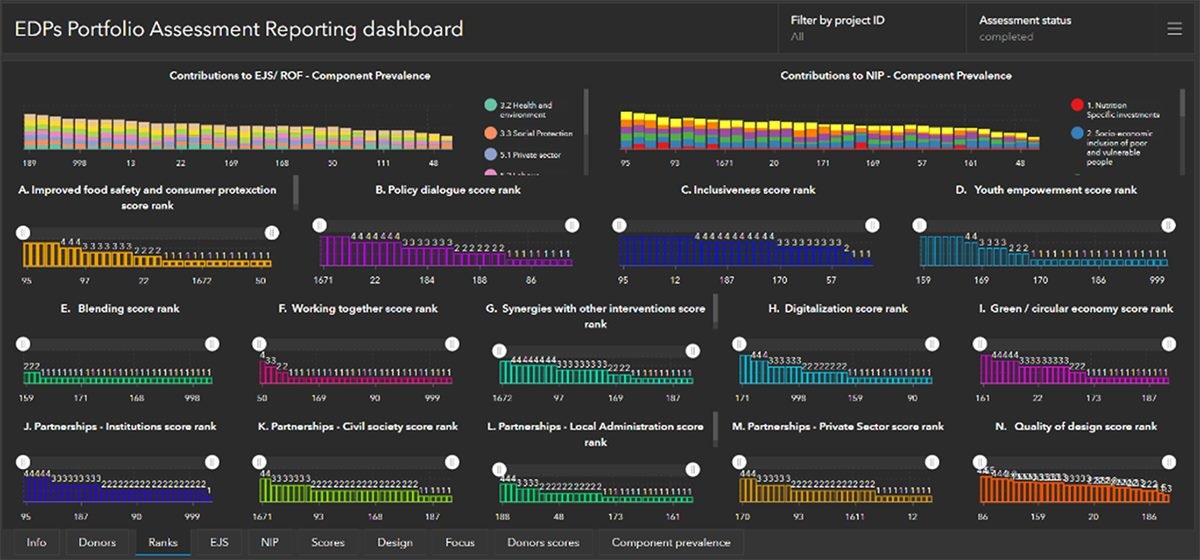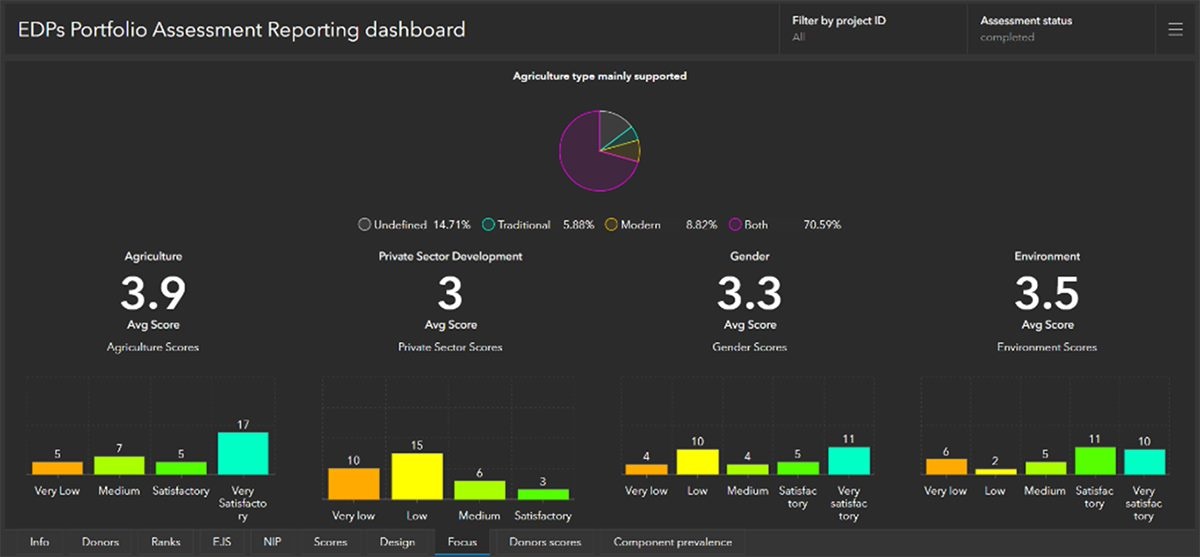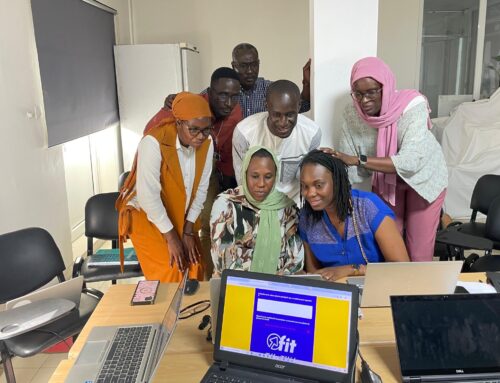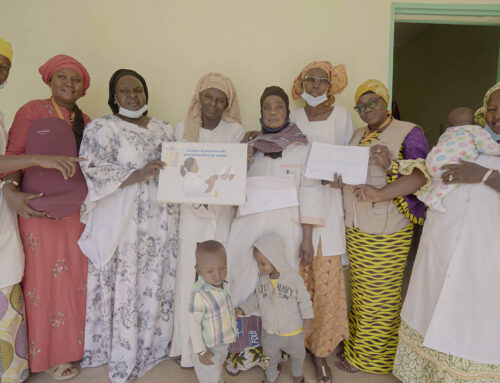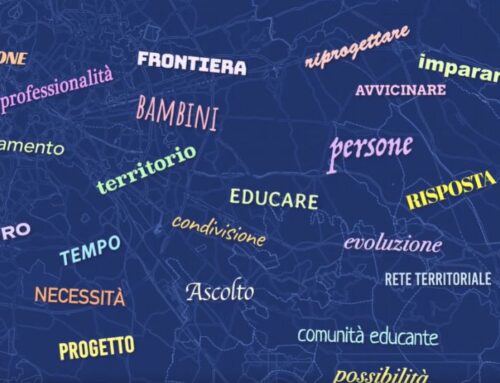gisAction experts participated in the design of a digital platform to support coordination and cooperation among European stakeholders in rural development projects in Palestine.
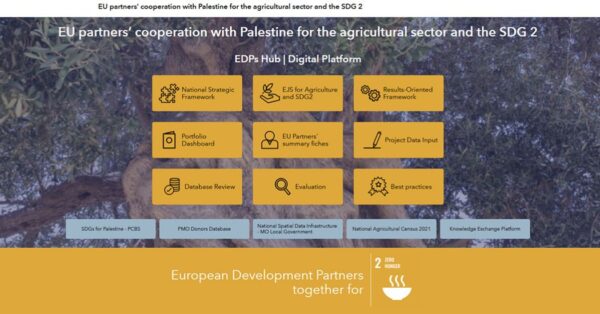
gisAction was part of an international team of experts for a prospective study* on European partners’ cooperation with Palestine** in the agricultural sector and within the Sustainable Development Goal 2 (SDG2).
The gisAction experts analyzed the potential contribution of digital innovation to sustainable agriculture.
According to the International Communication Union (ITU) and Food and Agriculture Organization (FAO) findings, Information and Communication Technologies (ICTs) are emerging in playing a key role in agriculture of Europe and Central Asia. ICTs are acting as an engine for agricultural development and are triggering a wave of innovation in Palestine.
E-agriculture has the potential to contribute to a more sustainable agriculture in various fields: disaster management and early warning systems, enhancing market access, food safety and traceability among others.
The end result is a proof of concept (PoC) of a collaboration and decision support system. This PoC provides a comprehensive digital hub that supports donors working together in the agricultural sector.
Its aim is to demonstrate the potential of a Web GIS-based platform that provides shared contents, tools, and functionalities. The system was built on ArcGIS Online.
Needs: digital solutions to help achieve the Sustainable Development Goals
The project can be summed up in three major needs:
- Assess the alignment and estimated contribution of current donors’ portfolio against national policies components, addressing its general coherence with the international priorities;
- Identify adjusted or new profiles of intervention that better contribute/ add-value SDG2 results;
- Identify key lessons, methodological recommendations for donors’ joint programming and action to maximize effectiveness and address identified gaps.
It is internationally established that transformative digital solutions contribute to the achievement of the Sustainable Development Goals (SDGs) and, in particular, SDG2 “Zero Hunger”.
Thus, it is urgent and appropriate for the SDG2 partner group to join the efforts and work together for promoting a sustainable and inclusive digital transition able to contribute to bridging the digital, rural, and gender disparities, also known as the triple divide.
At the same time, it is evident that the coordination among stakeholders and harmonization among countries remain to be improved. Advising on possible digitalized platforms and tools of reference to support the donors in operationalizing the cooperation framework along an effective joint programming and monitoring process is key to improve coordination among countries.
Solution: a comprehensive hub supporting donors working together
Among the activities carried out by our expert, we mainly contributed to the design and prototyping of a comprehensive digital hub supporting donors working together.
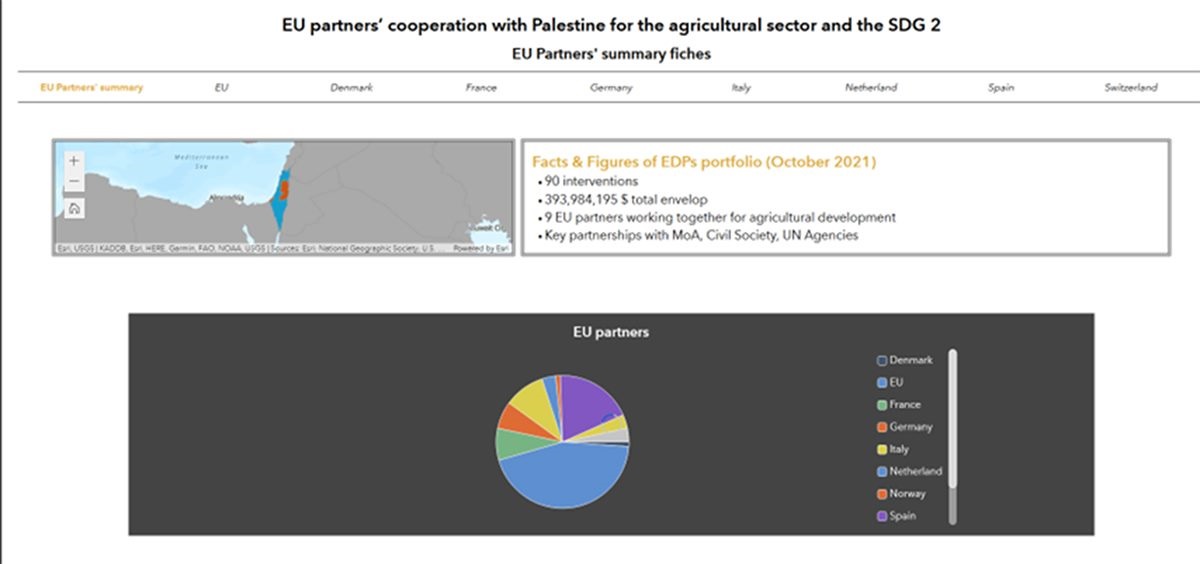
Our experts proficiency in digitalization and data analysis has enabled them to develop a comprehensive evaluation tool that incorporates a range of Key Performance Indicators (KPIs), which have been digitized to accurately measure the impact of donors’ portfolio interventions on national and international objectives. The tool employs a formula that is specifically tailored to each KPI and is capable of accurately measuring and disaggregating the value of a representative sample of interventions from the portfolio.
In the end, it is defined the collaborative flow of information and identified the responsibilities for data collection, aggregation, analysis and presentation.

The system consists of three types of interfaces, each serving a different purpose:
- Smart Data Entry – This is a web-based, access-shared app that provides a form-centric interface for assessing variables and adding comments based on the visualization of the Projects database information. For data entry, we have adopted Survey123 for ArcGIS.
- Data Aggregation, Visualization, and Export – The Assessment bundle uses the ArcGIS Dashboard to automatically aggregate the collected data and perform calculations or aggregations as required. This application fetches data from Survey123/ArcGIS Online, which exposes them as web services. This allows data entered for each project to be visualized in a single view in near real-time, enabling automatic aggregation, calculation, and visualization of the data in dynamic and interactive charts that can be customized. The widgets have been pre-configured based on identified variables and groups of variables. Additionally, the dashboard provides the capability to export/download both the source data and the summarized data in xls format.
- Results Showcase and Access – The ArcGIS Hub site is configured and used to gather all the configured tools in a single place. This website provides team members with a dedicated view of the tools they need to accomplish their tasks. ArcGIS Hub can connect the team with the EUREP decision-makers to whom data or results can be showcased.
In addition to the above features, the platform can be enriched by many other purpose-focused applications such as the Web Mapping Application ArcGIS Experience Builder, which is configured for presenting Donors fiches or NIP Database in an interactive, shared, and dynamic way.
Another additional feature could be represented by ArcGIS StoryMaps which combine web maps with text, images, and multimedia content, making it extremely easy to tell an immersive and interactive story thanks to the power of geography and maps.
Benefits
Despite facing challenges in the given context, the team was able to gain valuable insights from the study. These insights led to the identification of potential project ideas that can contribute to the enhancement of agricultural and rural growth through improved information and communication processes.
The Hub, with its interactive dashboards, offers an effective, user-friendly, and flexible instrument for tracking the strategic value of donors’ agricultural sector portfolio, individual interventions, and bilateral cooperation between donors and partners.
The instrument developed by the study proved to be an effective tool for reviewing the coherence of donors’ cooperation with European and national priorities, through the review of 35 variables.
The technology used in this system is highly configurable and scalable, enabling it to be re-scaled, expanded, or enhanced with additional applications, such as dedicated tools for monitoring the progress towards goals and results.
The functions and content of this system can be easily tailored and customized according to the specific needs of the partners involved.
Some of the functions that this system provides include:
- a repository for key strategic documents and national strategic framework
- agricultural sector results, indicators and monitoring
- a digital database of donors’ portfolio
- an interactive dashboard on donors’ portfolio assessment data with high-level analysis and detailed insights
- a data input tool for entering new interventions data into the digital database
- sharing information, valuable lessons, communication and visibility products, images and videos on best practices of donors’ cooperation, including storymapping web applications for supporting web and interactive reporting
- support to spatial data records and analysis, which can be used to track progress on development of the different clusters or to identify geographical areas of interventions
The experimented workflow not only enhances the transparency and accountability of the project but also helps to build trust and credibility among all players involved:
- National institutions responsible for the implementation of policy or projects/programs
- Donors’ coordination groups interested in harmonizing their intervention and visualize their interventions in a specific country for a specific matter (agriculture, education, etc.)
- Single Institution or NGO interested to digitalize and standardize monitoring systems of all projects/programs portfolio
- NGOs focused on simplifying their internal control of the results achieved in their projects.
- National institutions (i.e. Ministry of Agriculture) interested to “oblige” the different stakeholders to harmonize their interventions, thus that the institution can play its role of coordination.
*”A prospective study on the European joint support for the implementation of the National Investment Plan for the National Food and Nutrition Security Policy (NIP-NFNSP) in Palestine – n. 300026666″
**This designation shall not be construed as recognition of a State of Palestine and is without prejudice to the individuals positions of the Member States on this issue
